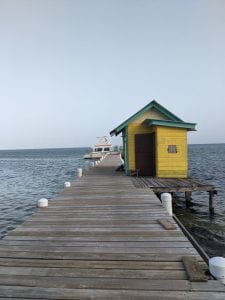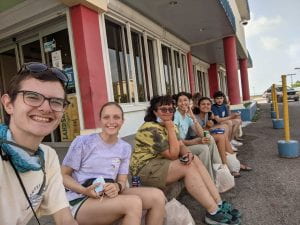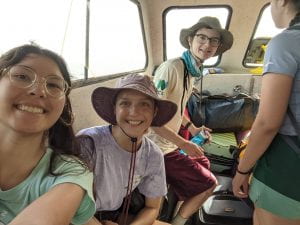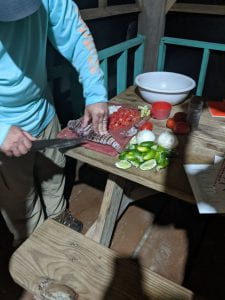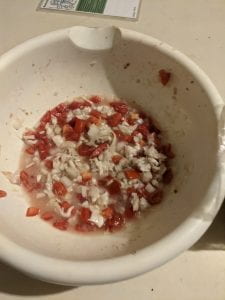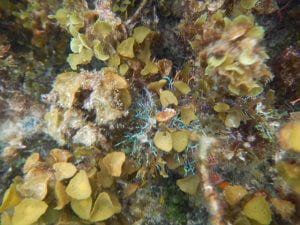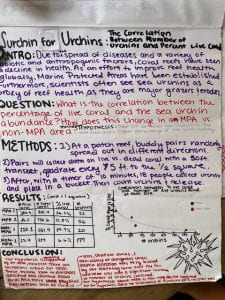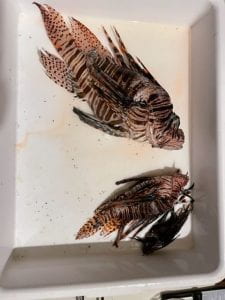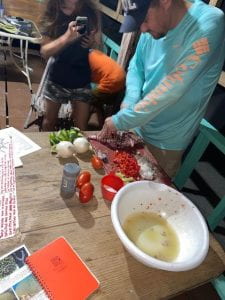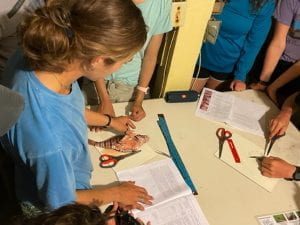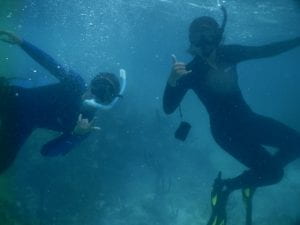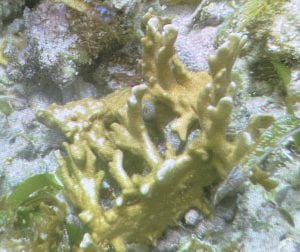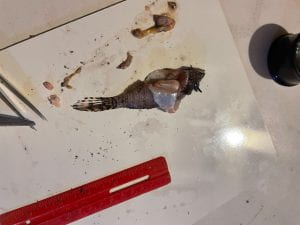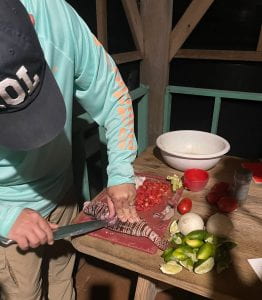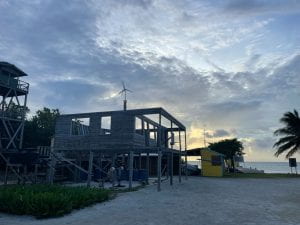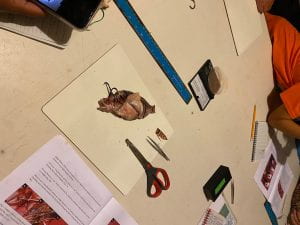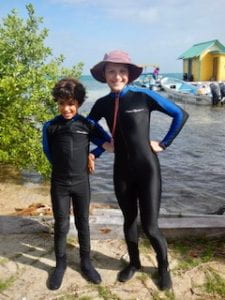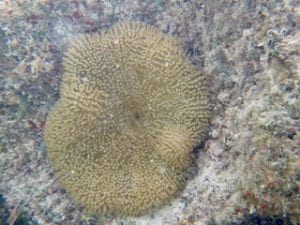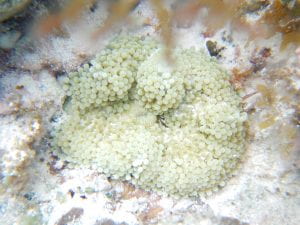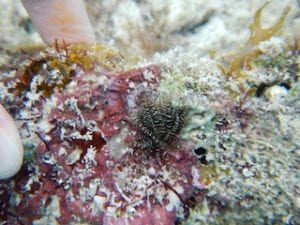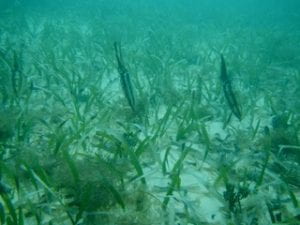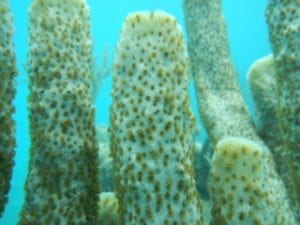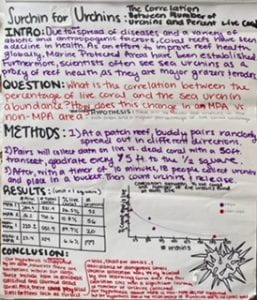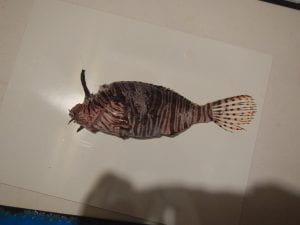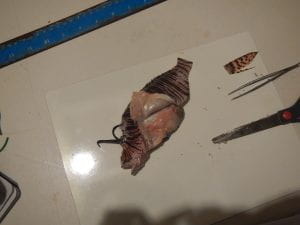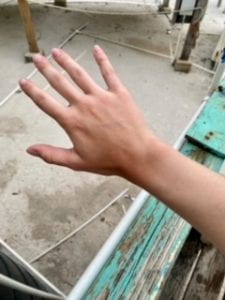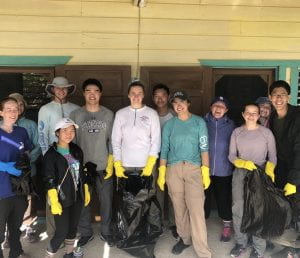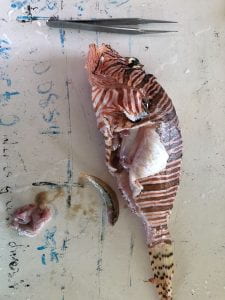I’m actually so sad to leave Glover’s Reef, I miss the hermit crabs, the iguanas and lizards, the giant blue crabs, the breeze, I even miss the sand everywhere and maybe even the mosquitos. We said our goodbye’s to Glover’s this morning, I can’t believe that was still today!
Then got back on the boat to Belize city. I slept through most of the boat ride, even the bumpier parts, but it wasn’t anywhere near as bad as the first ride into Glover’s. I also got to eat some of the candy I bought back when we first got into Belize, some chile and chamoy lollipops, (I bought some more sweet and spicy candies when we went to the store again today). We had a long and relaxed lunch at Calypso, right on the dock where we got off of the boat. Then set off to the Belize Zoo and education center. I unfortunately did not see any of my taxon today. My rainforest taxon is lichen and fungi! Both pretty interesting but super hard to identify specific species or even classify in some cases!
Also yesterday on Glover’s we got to eat Lionfish ceviche! It was so good, I’ve never had ceviche until now and I think I’ve been missing out. I don’t know if it’ll taste as good without the fresh caught lionfish. We also had conch at dinner, it’s common to eat here in Belize but I’ve never had it before, and it was pretty good! I’m not a huge fan of seafood so I’m glad it was fried and had a relatively light flavor and a nice texture.
We also got a night tour of the zoo here after dinner. They only have animals native to Belize and all of them are rescues, either from people keeping wild animals as pets then dumping them when they get too big or aggressive, or were going to be killed for hunting livestock by farmers, or brought in as infants that wouldn’t have survived otherwise.
I think my favorite was the Tapir, his nose was just so long and funny and kept wiggling around!
Tomorrow we have another long travel day, but hopefully it’ll be just as much fun!

